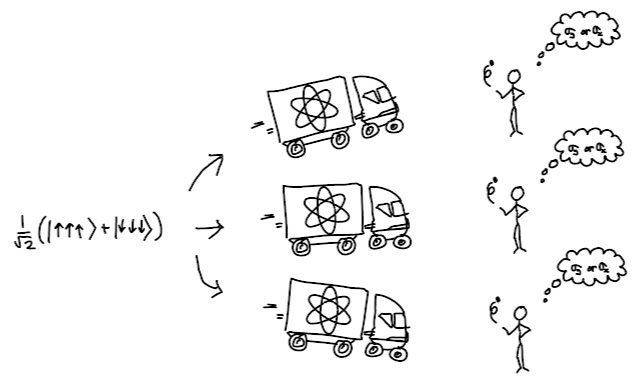Cost per degree on thermostat

Dork Scratchings has finally decarbonised! The first to go was the fossil fuel investing pension (this has been replaced by PensionBee's fossil fuel free plan ), then went the petrol car (replaced by an electric 208), and this week we got rid of the boiler. The new heating system is a Mitzubishi heat pump which heats water by extracting heat from cold air. The laws of Thermodynamics set a limit on the amount of heat energy that can be produced per unit of electrical energy and the formula is $$ \frac{T_H}{T_H-T_C} $$ Where $T_H$ is the temperature of the hot water ($50^\circ C$ in our case), and $T_C$ is the temperature of the cold air outside the house. Note that the temperatures have to be in Kelvin to make this work, and the value drops as the outside temperature drops. For example, for $50^\circ C$ water, it is 12.9 when the outside temperature is $25^\circ C$ but only 6.5 when the outside temperature is $0^\circ C$. The heat produced per unit of ...








